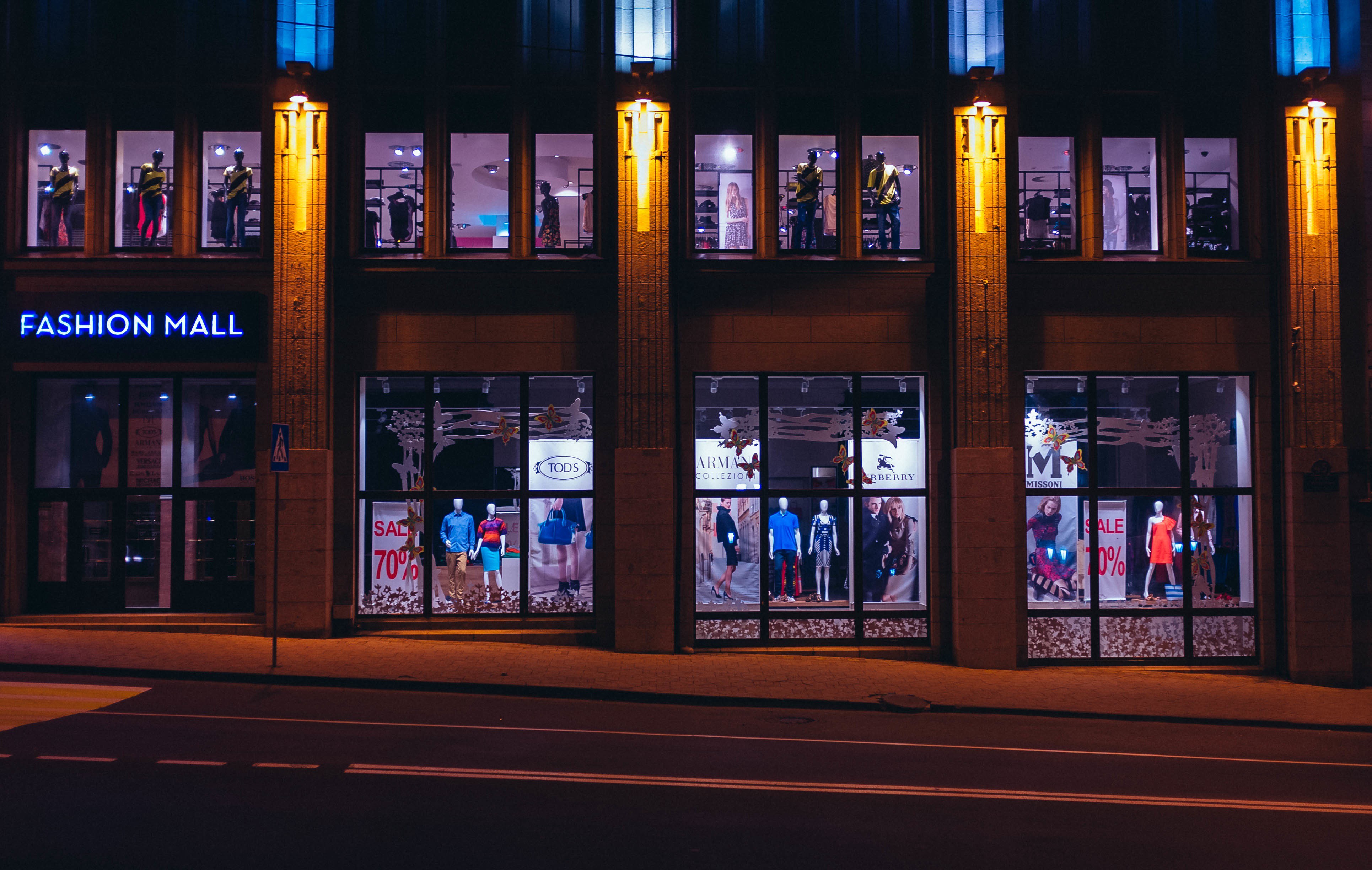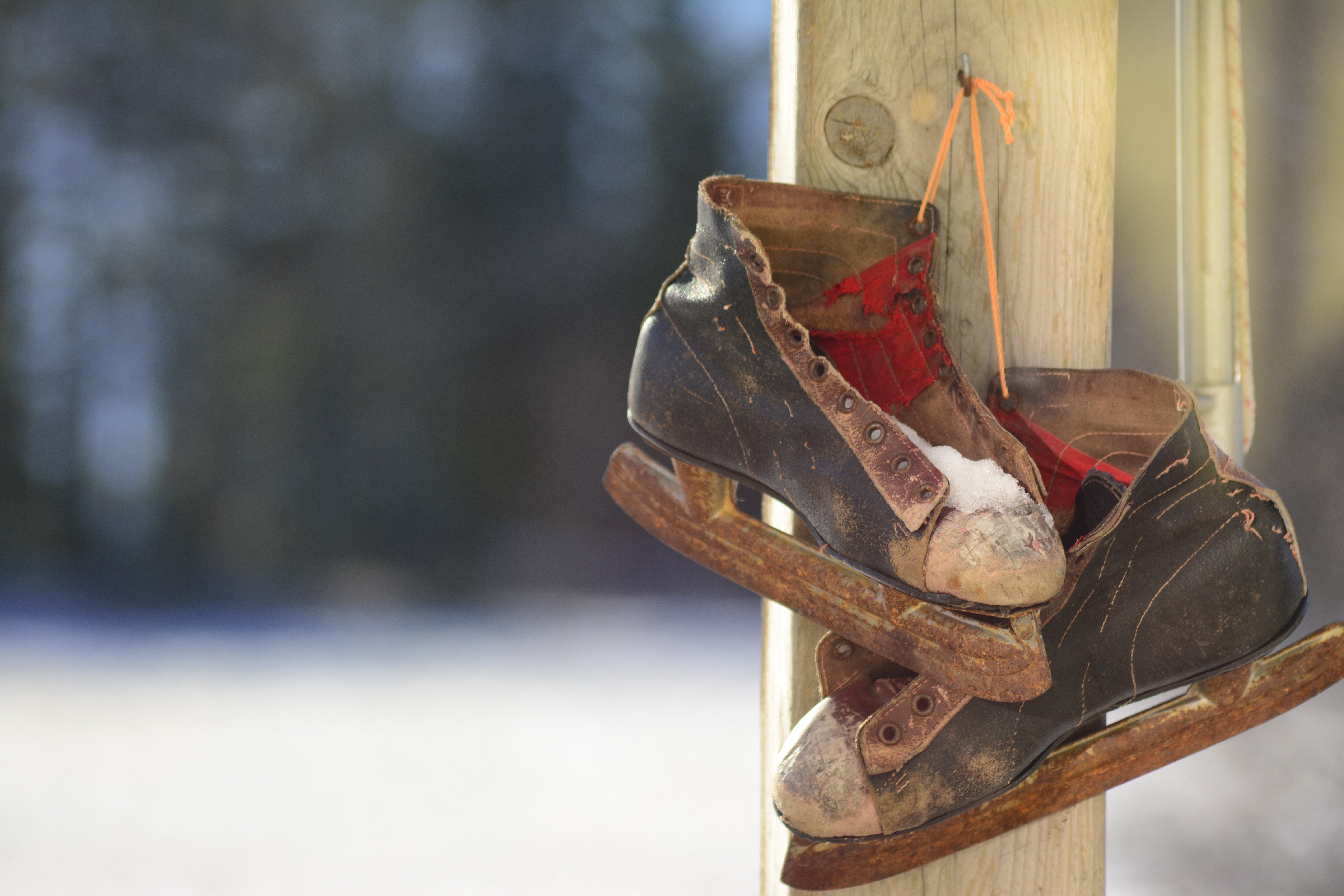
Does it seem harder these days to get your business and projects noticed? Does to me. Does to a lot of people.
In 1956, the first completely indoor mall was opened in Edina, Minnesota. It’s inventor was a guy named Victor Gruen. He designed it for the Dayton Company (the Dayton Company being the same company that eventually became Target). Victor Gruen is the man to blame for the shrines of consumerism that exist everywhere today. One of his ideas was that the mall needed to be “anchored” to big department stores. Those big stores would help attract shoppers who would then hopefully and predictably shop at the smaller, lesser known stores. You’d come for the anchor and end up buying other things. The effect came to be known as the Gruen Transfer.
But malls are in trouble right now. See anything similar about these charts?

Those are the stock charts of JCPenney, Macy’s, Sears, Nordstrom and Kohl’s respectively. Department stores are melting down. And they are taking the shopping malls they anchor with them. So what can malls do to fix the mess?

When I was a kid, I figure skated. Ages 3 to about 16 I was pretty serious about it. Two ice shows a year kind of figure skater. When I stopped, I was doing an axel and starting to work on a double salchow. That’s not that impressive when you know that Olympic skaters are doing double, even triple axels, and triple salchows. Though I wasn’t too bad on the ice, I definitely wasn’t the most impressive or athletic skater amongst my peers. So how could I stand out?
I remember a performance of the Nutcracker late in my skating career, where one of the main characters, Drosselmeyer (the toymaker who magically brings all the toys to life) got hurt. She dislocated her shoulder during the performance. You could hear her scream backstage trying to get it back in place.
The show must go on however. And I remember the backstage crew starting to talk to me about taking on the role of Drosselmeyer for the final scenes that night. Quite an honor. I wasn’t anywhere near the talent of the people who played Drosselmeyer. It was a role reserved for the best skaters we had at the ice rink. I wasn’t it. So why were they asking me?
Well, fortunately, the original Drosselmeyer recovered and made it back on the ice. My promotion to main character didn’t happen. But I remember the head of the ice rink coming to me when the show was over and thanking me for getting ready to play the part. She mentioned how much everyone loves the way I perform on ice. I smile a lot. I spend a lot of time worrying about the parts of the performance that aren’t really about technique and athleticism. I make a show of what I’m doing out there.
I pay attention to the whole experience people had while watching me perform.
And that’s why she considered using me to save the show.
Florida Mall in Orlando is a fairly typical shopping mall that opened on March 12, 1986. Just like with any mall, you see those Gruen anchors. JCPenney, Macy’s. And Nordstroms. Except in August of 2014, Nordstroms shut down. And instead of replacing it with yet another department store, it was replaced with the Crayola Experience.
The Crayola Experience is part museum, part theme park, part store. You can see the entire history of Crayola, learn how Crayons are manufactured, discover retired colors, even make your own.
You can go anywhere to buy Crayons. But you go to the Crayola Experience because it’s not about shopping. It’s about education, entertainment, spending time with your family outside of the house. You now find yourself going to the Florida Mall for the experience.
And it makes sense. In 2003, Leaf Van Boven and Thomas Gilovich published a paper in which they performed multiple studies on how folks feel about material vs. experiential purchases.
What they found was incredibly interesting. In one study of 1,263 people surveyed about their purchases and happiness, Boven and Gilovich found that almost two times as many people surveyed found purchasing an “experience” made them happier than a material purchase. Where it gets even more interesting, is that as income levels go up this effect goes up. At 150K a year and over, four times as many were happier buying experiences.
After money accounts for our basic needs, what we want next, what makes us feel good, are experiences.
Malls are tapping into that now. The Florida Mall, didn’t just add a Crayola Experience, they also now have an American Girl, where you don’t just buy a doll. You go there to give those dolls haircuts and makeovers. I have a reservation at an American Girl this weekend with my two-year-old and another family to go and have a tea party!
The malls that are growing again are investing in the whole experience shopping can offer. It isn’t just about making it efficient to buy more stuff.
And Victor Gruen knew this. See, Victor Gruen didn’t want what happened to his malls to happen.
I would like to take this opportunity to disclaim paternity once and for all. I refuse to pay alimony to those bastard developments.
Victor Gruen was from Vienna, and was inspired by the Viennese cafes where people would gather, drink coffee, meet new people, talk. That’s what he wanted from malls. He wanted the place that wasn’t home or work for people to come and engage with each other — not just buy things. His original designs for a mall was a place that would also have homes, parks, schools, even hospitals.
He wanted to build experiences. Now 60 years after his first mall, he might see more of those ideas actually come to fruition as we all come to his same conclusions. We don’t need giant collections of shelves and racks selling us more stuff. We want experiences.
That’s an incredibly powerful lesson as we struggle to get people to buy things from us. Are you just selling another app, another tool, or are you bringing people an experience they crave and can’t get anywhere else?
And we aren’t talking about user experience design (UX). It’s not about just trying to make the product the simplest or “the best” — whatever “the best” is. People want to belong, and learn, and feel supported. That’s a huge reason I think Basecamp has been such a success. Sure they sell really well thought out and designed project management software, but they also get the whole experience right. The software is fast. Support friendly and speedy. And they spend a great deal of time embracing their audience in their philosophies. I didn’t buy Basecamp in 2005 because it was just the best product around, I bought it because I wanted to participate in this whole experience of starting and running businesses differently.
What kind of experience are you creating? Department stores or Victor Gruen’s shopping malls?
P.S. If you enjoyed this article, you should follow my YouTube channel, where I share more about how history, psychology, and science can help us make better decisions. And if you find yourself organizing your own small business and marketing, check out how Highrise can help!


